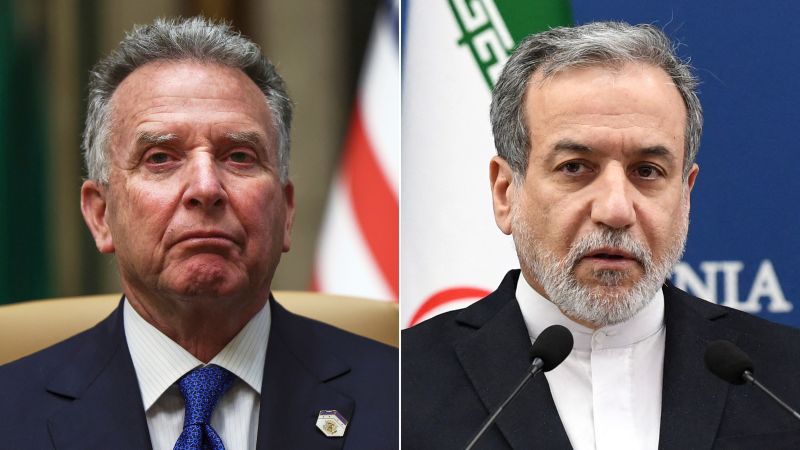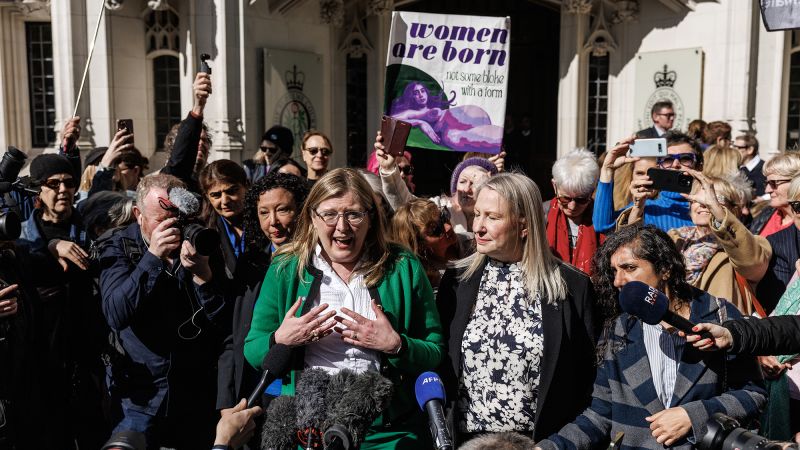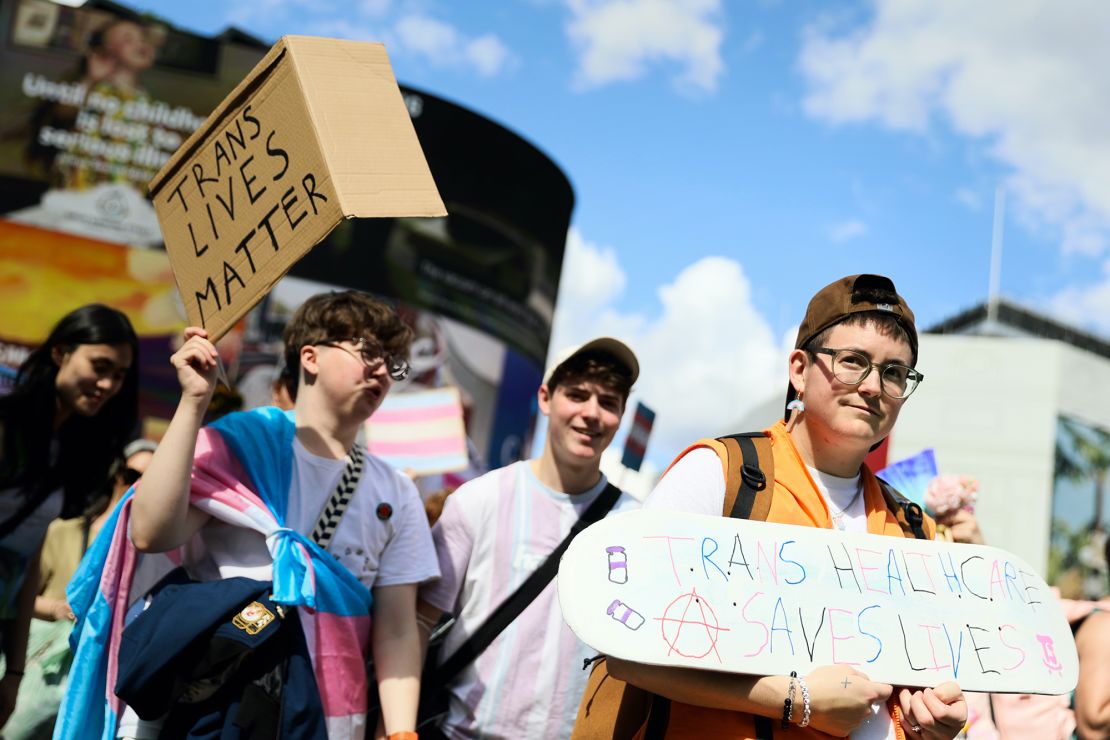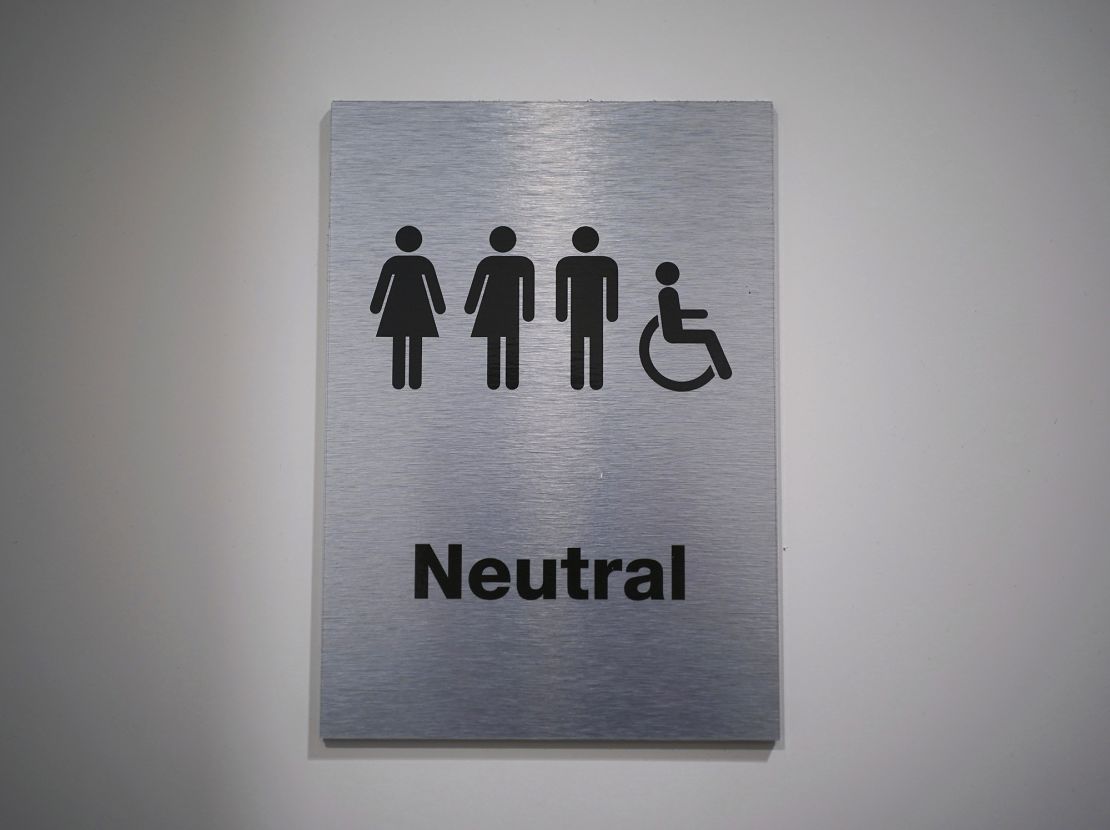CNN
—
The White House is showing its true colors on Ukraine.
While imposing biting trade tariffs on 185 countries this week, the Trump administration quietly lifted travel sanctions on one of Vladimir Putin’s closest advisers so he could come to Washington for talks.
Kirill Dmitriev is the Russian president’s money man as head of the country’s sovereign wealth fund. He was making the first visit by a Russian official to the US capital since Putin’s invasion of Ukraine three years ago.
This was the latest sign that President Donald Trump dreams of a new US business relationship with Russia — even as he launches a trade war against the wealthier and more diverse economies of US allies.
But the visit was not the only tell about Trump’s position this week.
The president also laid into Zelensky, accusing him of sabotaging the latest draft of a long-delayed agreement that would give the US access to Ukraine’s rare earth minerals. This is a “deal” that no Ukrainian president could ever agree to. Its new iteration would give the US veto power over a new board that would decide how the assets are exploited. It also states that Ukraine would not benefit from any revenues until US recoups all its assistance to the war effort — a figure that Trump — vastly inflating the truth – says is north of $350 billion.
These draconian conditions show an attempt to plunder Ukraine’s resources and to force the war’s violated victim to pay a form of reparations to a third party — the United States.
Trump insists that all he wants is to end the killing in Ukraine — a laudable goal. But in yet another sign of his priorities, officials told CNN Thursday that Defense Secretary Pete Hegseth isn’t expected to show up to next week’s meeting of the Ukraine Defense Contact Group in Brussels. The US handed control of the monthly meetings to the UK recently, and this could be the first time in three years that a senior Pentagon official isn’t present.
All of this is unfolding as Trump’s attempt to end the war — which he once insisted he could do in 24 hours — is foundering. Two supposed breakthroughs touted by the White House, a halt to attacks on energy installations and a maritime ceasefire in the Black Sea, are stalled. And Russia’s new demands on regaining access to international banking and trade would need buy-in from America’s skeptical allies in Europe.
But US concessions keep coming. The temporary lifting of Dmitriev’s pariah status is just the latest.
The Kremlin insider told CNN’s Phil Mattingly that the Trump team had already engineered the first de-escalation of the war and praised Steve Witkoff, the US envoy who has been voicing Putin’s talking points since meeting the Russian leader.
“With the Trump administration, we are now in the realm of thinking about what is possible,” Dmitriev said.
US media got excited last weekend when Trump offered rare criticism of Putin, telling NBC he was “pissed off” that he’d questioned Zelensky’s legitimacy. Less notice was taken when Trump smoothed over hard feelings while telling reporters on Air Force One that he believed Putin wanted peace. “I don’t think he is going to back on his word,” he said, adding: “I’ve known him for a long time.”
But it’s becoming obvious that Trump doesn’t know Putin as well as he thinks he does. Frantic and futile administration diplomacy on Ukraine has made clear that the Russian leader is doing what Moscow always does, talking and fighting at the same time and dragging out the peace process, such as it is, to further Russia’s position on the battlefield.
“For a war to end, at least one of the parties must change their war aims,” said Hein Goemans, a professor of political science at the University of Rochester and a specialist in end-stage conflicts. “Russia hasn’t really changed its war aims,” Goemans said, following an initial reassessment when its blitzkrieg failed to take Kyiv and topple Zelensky.
Then as now, Putin wants to lock in control of captured eastern regions, to crush Ukraine’s aspirations of assimilating with the west, and to oust Zelensky and install a pro-Moscow leader. Putin’s warnings that the “root causes” of the war must be addressed is also code for a NATO pullback in Eastern Europe.
Perceptions that Putin doesn’t want to end the war anytime soon were bolstered this week when he called up another 160,000 men. And the US military’s top commander in Europe Gen. Christopher Cavoli called Russia a “chronic threat” and “growing threat, one that is willing to use military force to achieve its geopolitical goals.”
The most charitable interpretation of the White House position is that it hasn’t yet twigged about these vital dynamics in the peace talks. A darker one is that it has, doesn’t really care, and wants to embrace Putin anyway.

























